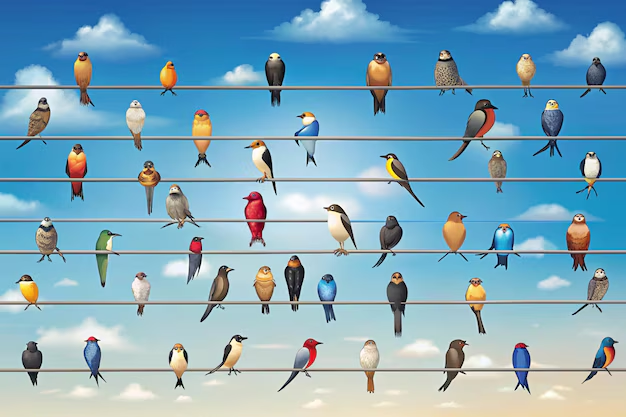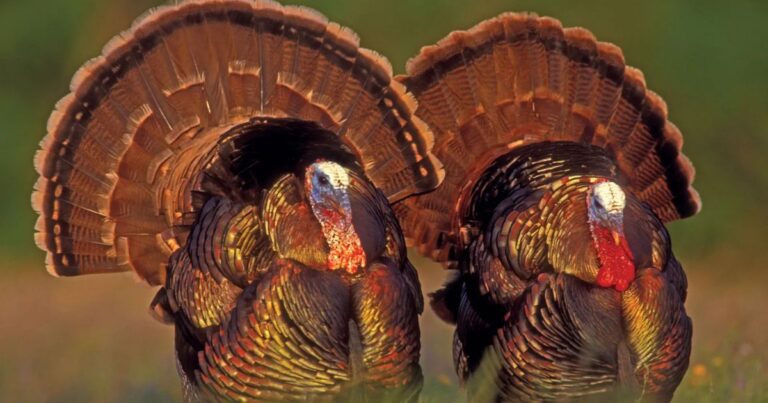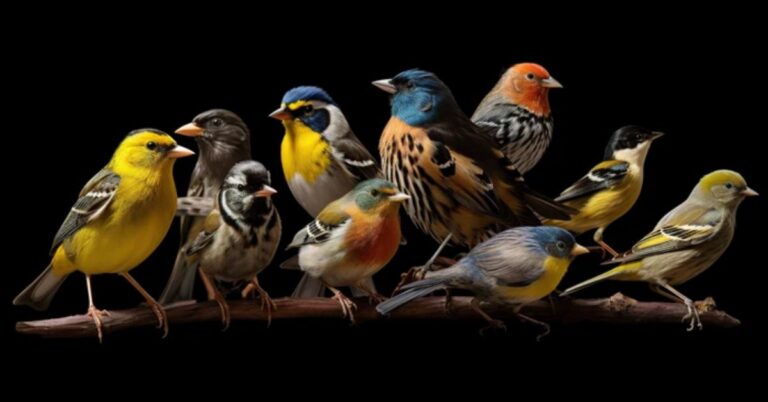How Long do Birds Live – 10 Best Facts About Birds
The lifespan of birds varies significantly across species, with some living just a few years while others can survive for several decades. Smaller birds, like sparrows and finches, typically have shorter lifespans, often ranging from 2 to 5 years in the wild. How long do birds live? Under optimal conditions, some can live longer. In contrast, larger birds, such as parrots and raptors, tend to have much longer lifespans. For example, some parrot species can live 50 years or more, while certain eagles can reach ages of 20 to 30 years.
Factors influencing a bird’s lifespan include its species, habitat, diet, and exposure to predators or environmental hazards. Birds kept in captivity often live longer than their wild counterparts due to the absence of threats and access to regular food and veterinary care.
The Lifespan of Birds: General Overview
Birds, like all living organisms, experience a wide range of life expectancies. Some birds can live for just a few years, while others can live for several decades. On average, a bird’s lifespan typically ranges from 2 to 30 years. However, it is important to remember that this is just an estimate, and individual lifespans can vary greatly depending on the species and the conditions in which they live.
Short-Lived Birds: 1-5 Years
Some birds have relatively short lifespans, often due to predation, environmental challenges, or reproductive strategies. Many small songbirds, for example, fall into this category. These birds may only live for a few years in the wild, but their rapid reproductive cycles help them maintain stable populations.
- House Finch – House finches, a common species in urban and suburban areas, have an average lifespan of about 3 years. However, many may not survive past their first year due to predation and environmental hazards.
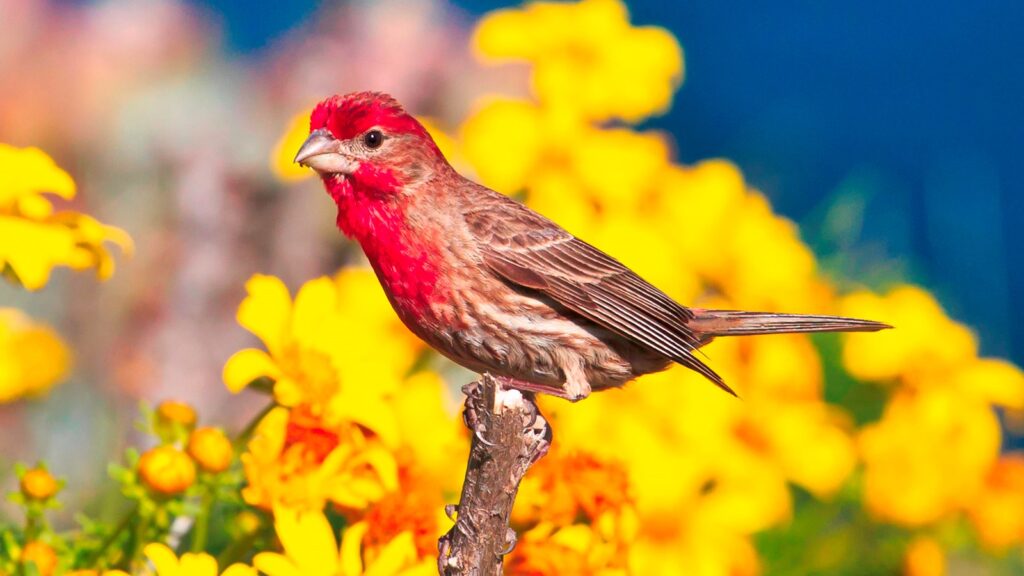
- European Starling –Another relatively short-lived bird, the European starling, can live up to 2-3 years on average. However, many starlings do not live to reach this age, often due to the challenges they face in their early stages of life.
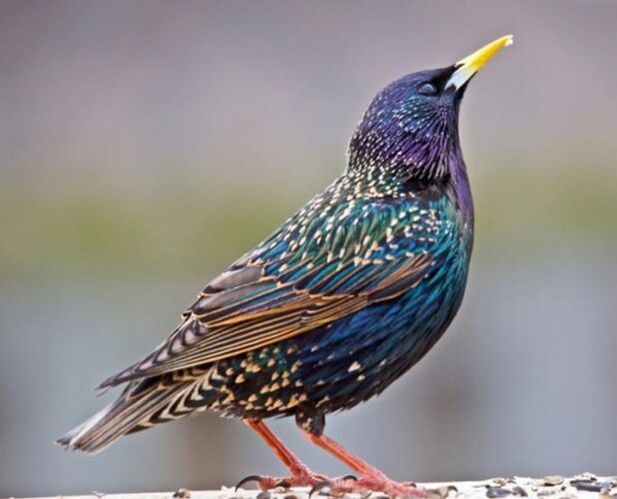
- American Robin – Known for its red breast and melodious song, the American robin can live between 3 to 5 years in the wild. Robins that survive their first year often live longer, but they face many challenges, including predators and severe weather conditions.
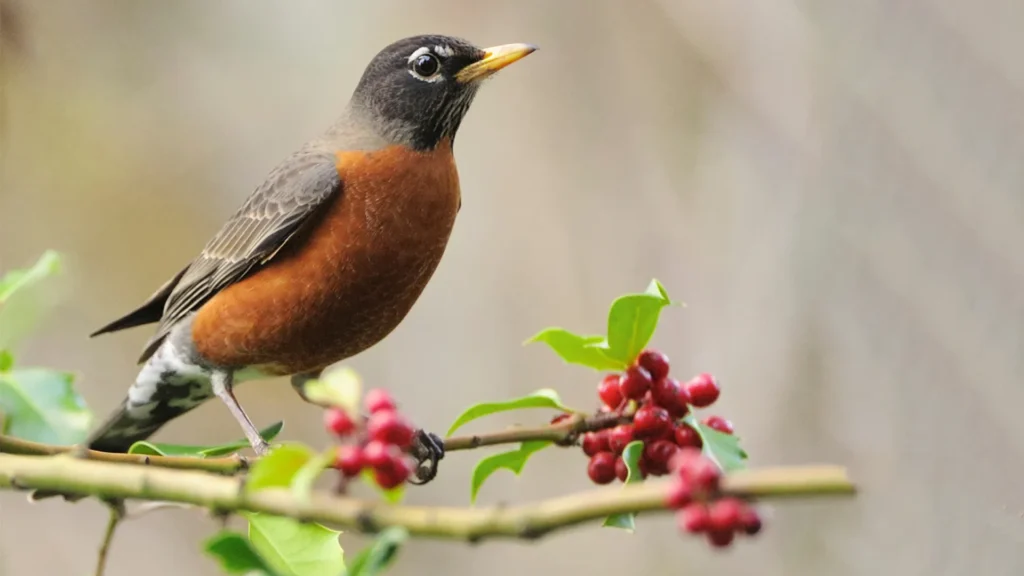
Medium-Lived Birds: 5-15 Years
Many bird species enjoy a medium lifespan, living somewhere between 5 to 15 years. These birds typically have fewer predators, a stable food supply, and better chances of survival once they reach maturity.
- Common Crow – Crows are highly intelligent birds that can live up to 7 to 8 years in the wild, though some individuals can survive much longer in captivity, sometimes reaching 15 years. Their adaptability to various habitats has contributed to their extended lifespan.
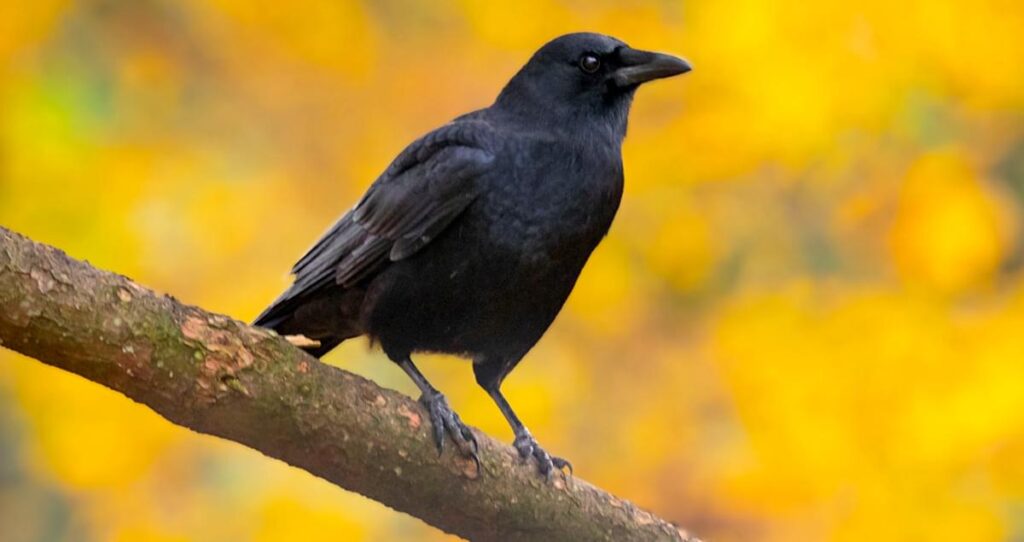
- Pigeon – Pigeons, which are often found in urban areas, can live to be 10 to 15 years old. However, many pigeons die earlier due to predators, disease, or accidents. Those that are kept in captivity or in protected environments tend to live longer.
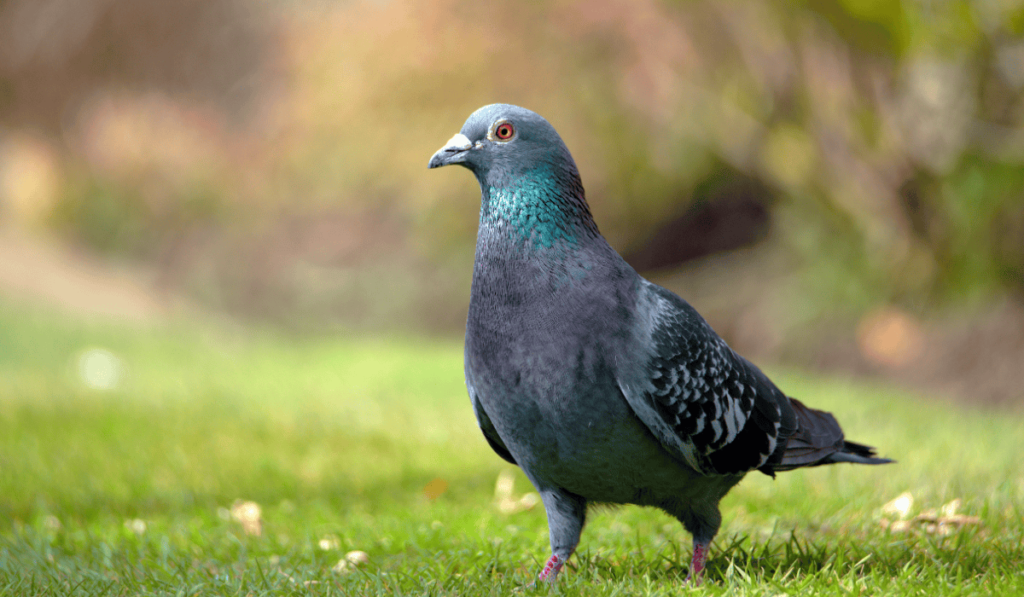
- Northern Cardinal – The bright red male cardinal is a familiar sight in North America, and these birds can live to be 10 to 15 years old. However, cardinals face many challenges in the wild, including predators and harsh weather conditions, which can reduce their lifespan.
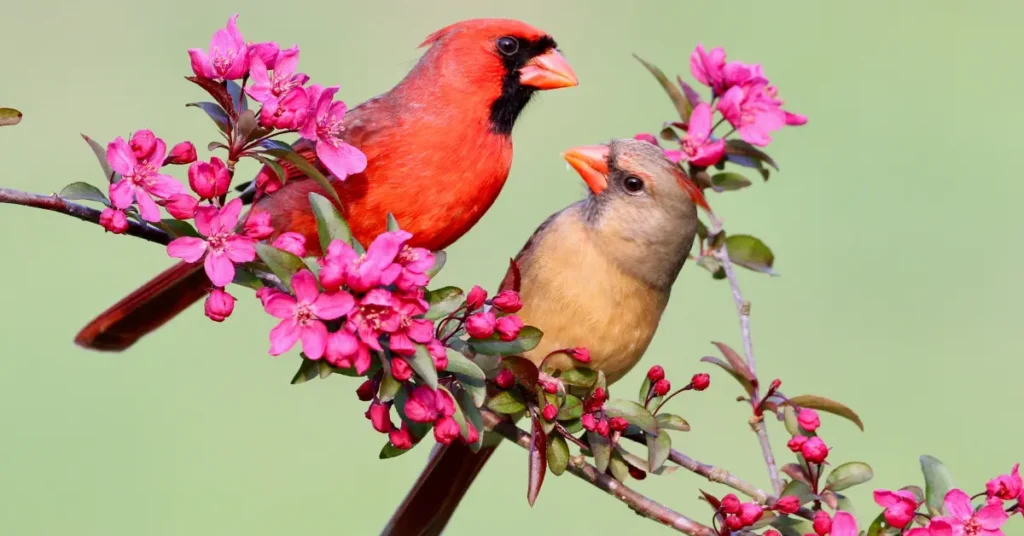
Long-Lived Birds: 15-50+ Years
Some bird species are known for their remarkable longevity. These birds often have fewer natural predators, are less affected by environmental factors, and tend to reproduce later in life. Many of these species also live longer in captivity, where they are protected from threats and have a stable food supply.
- Macaws – Macaws are large, colorful parrots that can live for 40 to 50 years in the wild, and some individuals have been known to live even longer in captivity. The longest-living macaw recorded lived for over 70 years in captivity. Their long lifespan is attributed to their size, low predator risk, and the stable environment of captivity.
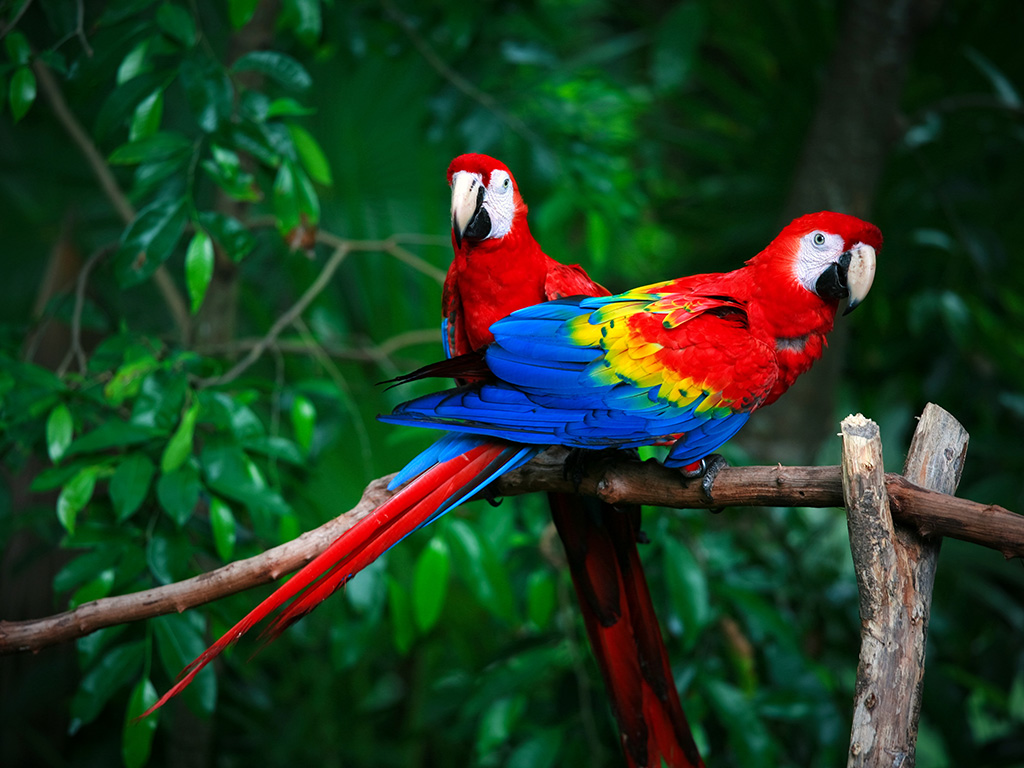
- Cockatoos – Another type of parrot, cockatoos, (how long do birds live ) can live 40 to 70 years, with some species like the umbrella cockatoo and sulfur-crested cockatoo reaching the higher end of that range. In captivity, they can sometimes live even longer, depending on the care and environment they receive.
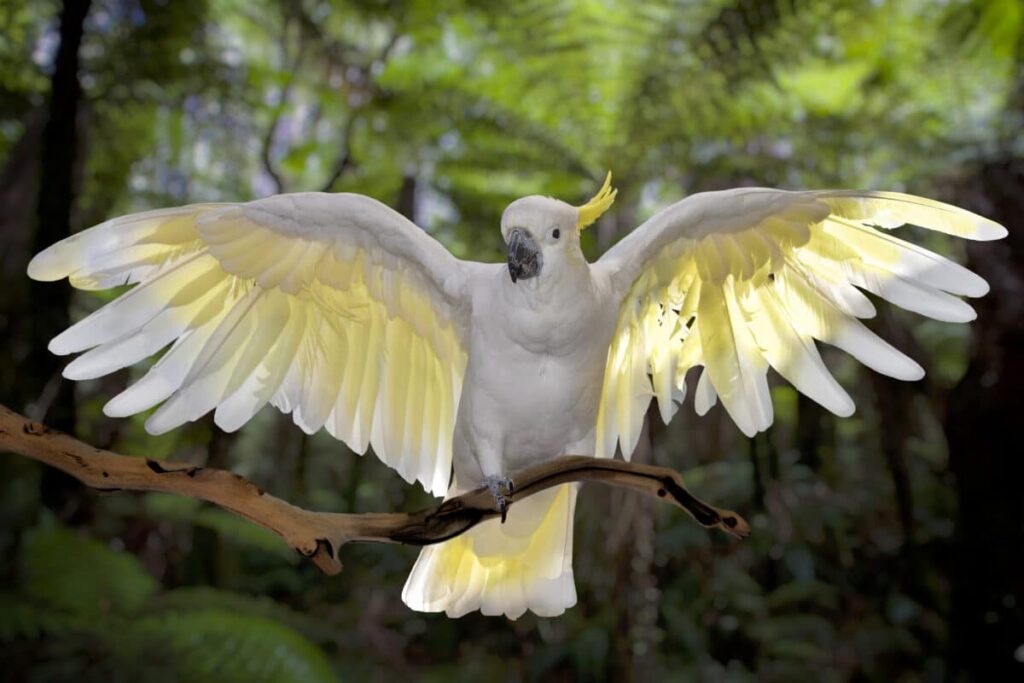
- Great Horned Owl – Owls, known for their silent flight and nocturnal habits, (how long do birds live )can live for 15 to 30 years in the wild. However, the oldest great horned owl recorded lived up to 40 years in captivity. Owls’ longevity is largely influenced by their relatively low predation rates and adaptability to different habitats.
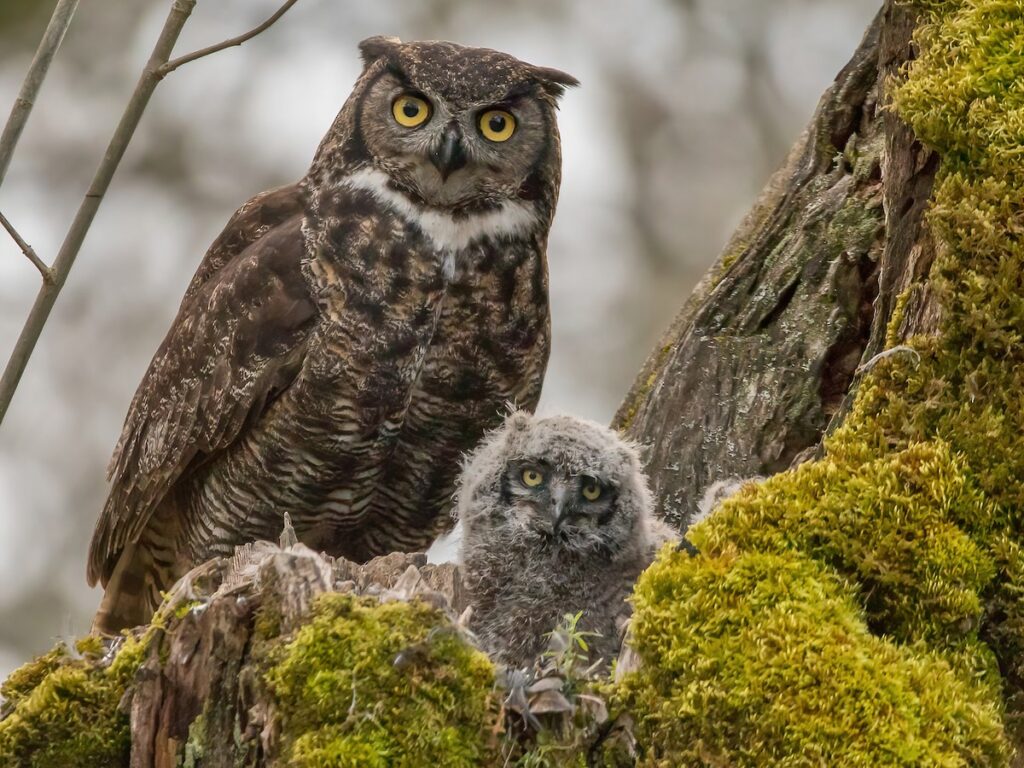
- Albatross – One of the longest-living birds is the wandering albatross, (how long do birds live ) which can live up to 60 years. These seabirds have one of the longest lifespans in the bird world, and they often return to the same nesting sites year after year. Their long life is aided by their diet of fish and squid, as well as their ability to travel long distances across oceans with relatively few natural threats.
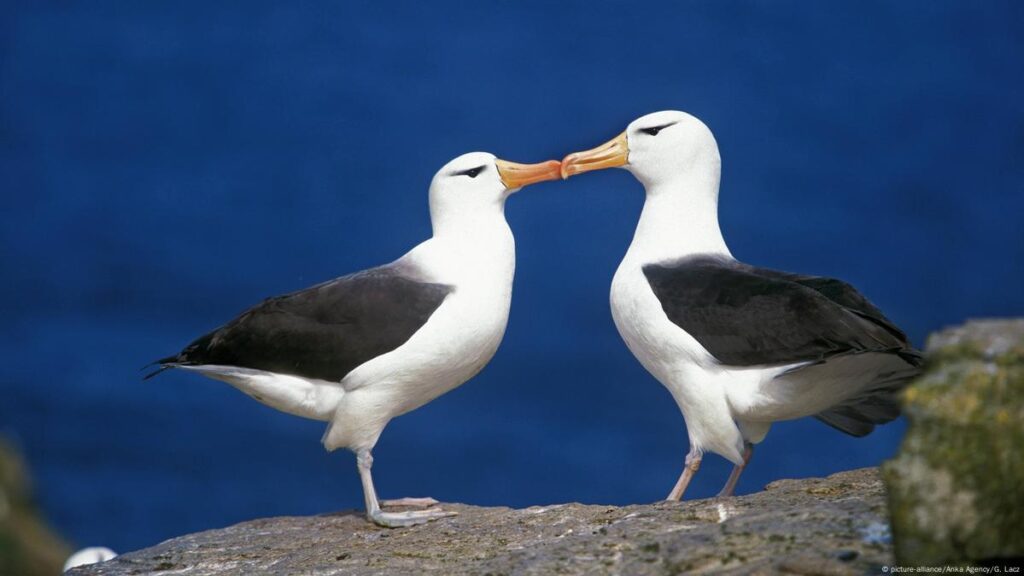
Factors That Influence Bird Lifespan
Several factors contribute to the wide variation in bird lifespans. These factors can include genetics, environmental conditions, diet, and predation rates. Below are some of the key influences on a bird’s longevity:
Species and Size
Generally, larger birds tend to live longer than smaller ones. This is why parrots, hawks, and eagles have long lifespans, while small songbirds tend to have shorter lives. For instance, a tiny hummingbird may live only a few years, while a large eagle may live 30 years or more.
Predation and Environmental Threats
The number of predators a bird has to contend with plays a significant role in its lifespan. Birds that live in areas with few natural predators or in urban environments (like pigeons or crows) tend to live longer than birds living in areas with high predator populations. Additionally, environmental threats such as extreme weather, food scarcity, and habitat loss can also affect a bird’s survival rate.
Diet and Health
A bird’s diet is crucial for its overall health and longevity. Birds that have access to a diverse and nutritious diet are more likely to live longer. In captivity, birds often live longer than in the wild because their diet is controlled, and they have fewer health risks. Wild birds that rely on seasonal or limited food sources might face malnutrition during lean periods, which can affect their lifespan.
Captivity vs. Wild Living
In general, birds in captivity tend to live longer than those in the wild. This is primarily due to the absence of predators, the availability of regular food, and protection from harsh environmental factors. However, captivity comes with its own set of challenges, such as the potential for health problems caused by inadequate space or improper care. Birds that are well cared for in captivity can live to be much older than their wild counterparts.
Conclusion
Birds, like all creatures, have diverse life expectancies that vary greatly depending on the species, environment, diet, and other factors. While some birds live for just a few years, others can live for several decades. Small birds like finches and sparrows tend to have shorter lifespans, while larger birds like parrots, owls, and albatrosses can live much longer. The complexity of bird life expectancy is fascinating, and understanding the factors that influence it allows us to appreciate these remarkable creatures even more. Your question was how long do birds live ? You Find the answer in our blog whose title is how long do birds live ?
So, whether you’re observing a fleeting robin in your backyard or admiring a majestic eagle soaring through the sky, keep in mind that every bird’s lifespan is unique, shaped by a multitude of factors. how long do birds live

